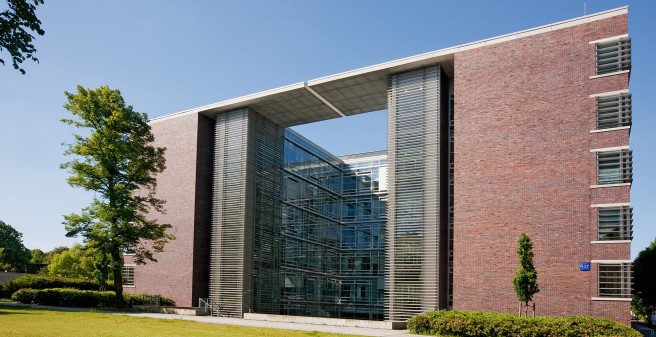AG Conradi
Name: Prof. Dr. Lenard Conradi
Clinic/Institute: Department of Cardiovascular Surgery
Email:
l.conradi@uke.de
Phone:
Research Focus and Main research questions
Cardiac tissue engineering: in vivo application of Engineered Heart Tissue (EHT) The incidence of cardiovascular diseases has increased to become one of the major contributors to morbidity and mortality in the western world today. Therefore, new regenerative treatment strategies are desperately needed. Numerous approaches of stem-cell based myocardial repair have been examined in experimental and clinical settings. However, unequivocal proof of survival and differentiation of transplanted cells into cardiac myocytes or even of improvement of myocardial function remains scarce. In vitro generation of three-dimensional engineered heart tissue constructs and subsequent transplantation onto the failing heart might provide a future option for the therapy of terminal heart failure.
The objectives of our group focus on the in vivo application of fibrin-based EHT constructs from neonatal rat- as well as hiPS cell derived cardiomyocytes. After implantation in small animal models, issues like cell survival, electrical- and functional coupling as well as tumor formation (hiPS-CM) will be addressed. Additionally, our group works on the optimization of shape and size of EHT constructs for in vivo application. The presumed potential of EHT to improve myocardial function will be assessed in small animal models of myocardial injury. Furthermore, specific matrix-bound growth factors like VEGF or IGF-1 may be added during construction of EHT, thus creating EHT derivates, that also will be tested, in vivo (EU funded AngioScaff project).
